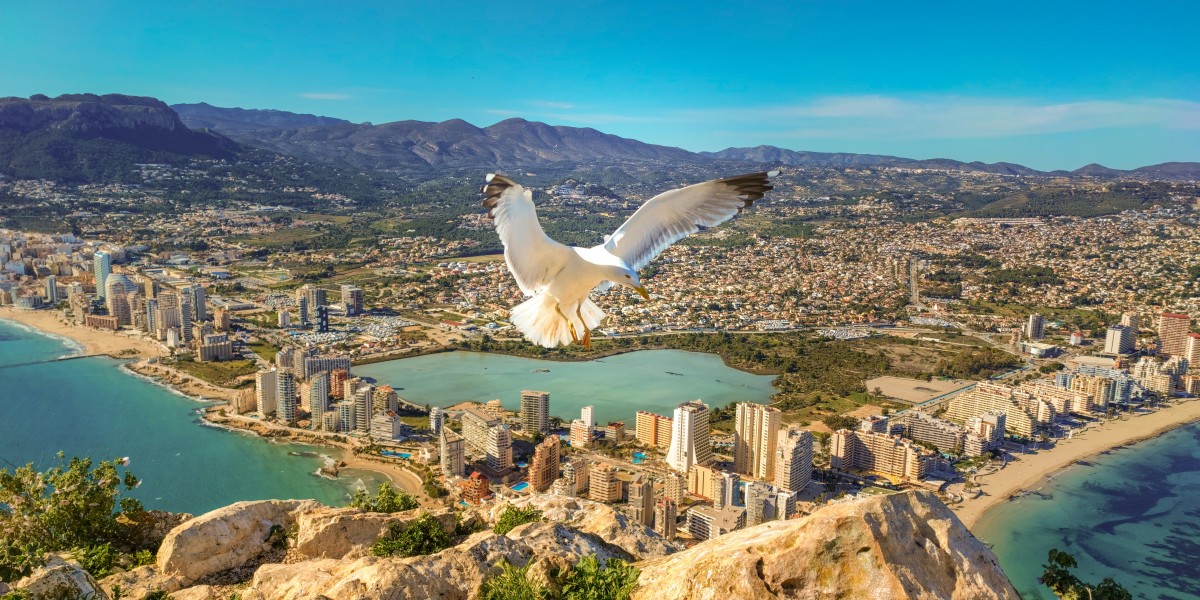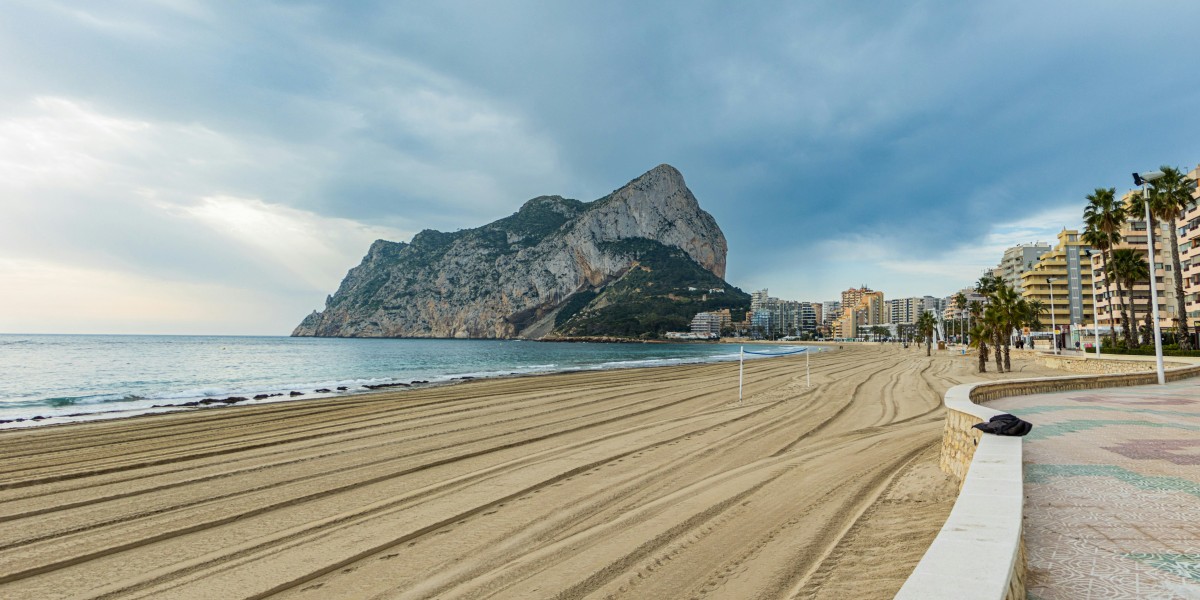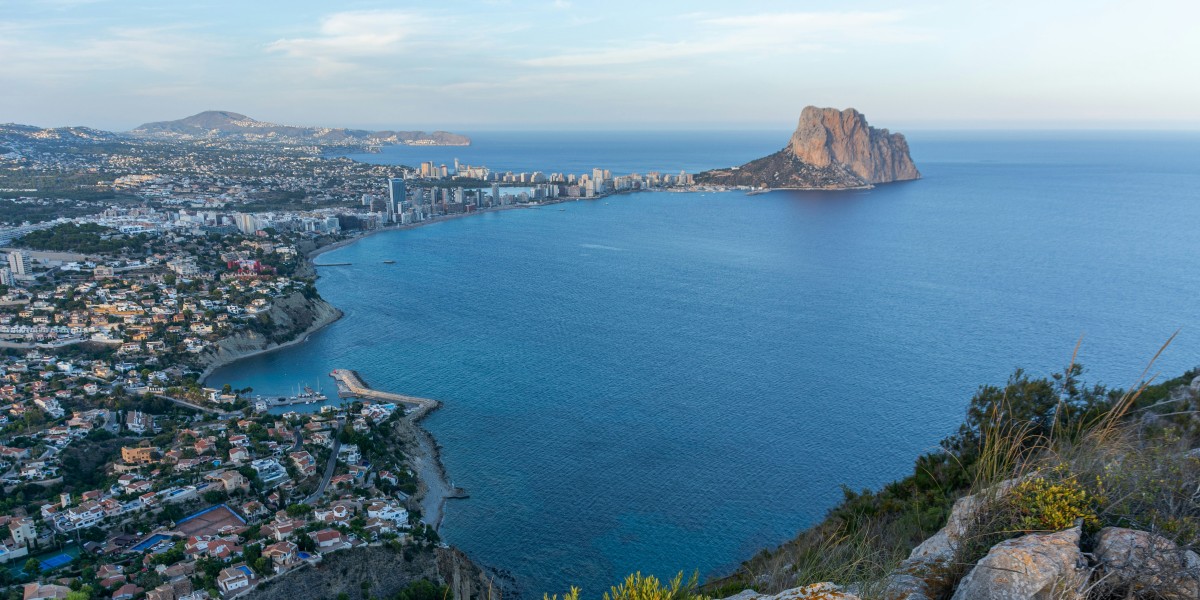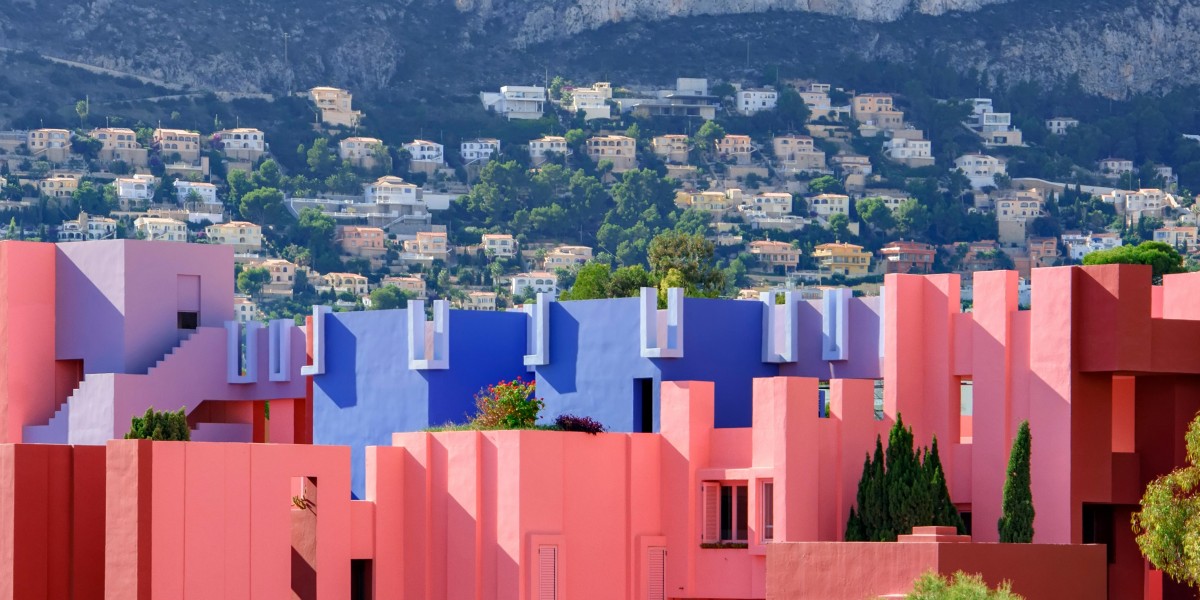
The latest INE urban indicators updated to 1 January 2024 put Calp/Calpe at 26,637 residents, with 53.1% recorded as of foreign origin. It’s the only municipality in Spain with more than 20,000 inhabitants where foreign residents outnumber Spanish nationals at that cut‑off.
What “foreign” means in the stats
It's important to be aware of what the word actually means in this context, so that the figures come out clearer.
- Foreign nationality: residents on the municipal padrón who are not Spanish citizens.
- Born abroad: residents whose birthplace is outside Spain, including those who later acquired Spanish nationality.
- Padrón registration: the municipal register that underpins INE counts. Under‑registration can create gaps, especially among long‑term foreign residents who haven’t renewed their padrón in recent years.
Who lives in Calpe: nationalities and profiles
The province of Alicante has long been one of the most popular areas among foreigners in Spain. Regional profiles for the Valencian Community show a broad spread: EU countries 22.3%, other European countries 16.8%, the Americas 8.1%, Africa 4.3%, and other/stateless 1.6%.
On the ground that translates to well‑established British, German, Dutch and Belgian communities, plus growing groups from elsewhere in Europe, Latin America and North Africa. The mix ranges from retirees to long‑stay families and remote workers drawn by the coastline and mild winters.

How Calpe compares with other high‑share municipalities
Among Spanish municipalities with at least 20,000 residents, Calp/Calpe is the only one where foreign residents are a majority in the latest snapshot. Others close to the line include l’Alfàs del Pi (49.8%), Adeje (48.4%), Torrevieja (47.6%), Níjar (47.4%) and Xàbia/Jávea (47.0%). Coastal areas dominate, reflecting tourism‑oriented housing, strong second‑home markets and long‑standing international communities.
Why Calpe draws international residents
It's no surprise that this stretch of sunny coastline along the Costa Blanca attracts people from all over.
- Coast and climate: year‑round mild weather, Blue Flag beaches and easy outdoor living beneath the Peñón de Ifach.
- Connectivity: AP‑7 access and proximity to Alicante–Elche Miguel Hernández Airport keep trips simple.
- Community networks: sizeable expat groups smooth the landing with activities, clubs and multilingual services.
- Services and amenities: healthcare, trades and local businesses are used to international residents, with English and other languages commonly accommodated.

Housing: prices, rents and where people settle
As of September 2025, property prices in Calpe averaged a slightly steep €3,348 per m². Rent prices averaged €13.1 per m², putting a typical 80 m² flat at roughly €1,050 per month. Entry‑level one‑bed rentals tend to start around €750 per month.
Arenal‑Bol is currently the priciest pocket, with average sale prices around €5,078 per m². In the wider picture, Calpe ranks as the fifth most expensive municipality in Alicante province, behind Moraira, Jávea/Xàbia, Benissa and Altea.
First‑line seafront properties and high‑floor units with direct rock or bay views command the top brackets. And complexes with pools, lifts and tourist licences near the promenades see stronger rent yields and higher community fees.
Micro‑areas where foreigners tend to live
- Arenal‑Bol and the town centre: walkable, year‑round services and markets, plenty of flats over shops.
- Playa de la Fossa/Levante: newer apartment blocks with sea views and lifts, supermarkets at street level, beachfront cafés.
- Maryvilla: villas perched on the hillside with big views. Quiet, residential and car‑dependent, with more space and privacy.
- Cometa/Carrió: suburban feel with villas and terraced homes, pockets that work well for families.
- Benicolada/La Manzanera: older housing stock close to town, some mid‑century architecture and pockets of value within walking distance of services.
Living in Calpe as an expat
When living in Calpe, you’ll find a sociable scene that ticks along year‑round. You'll find language exchanges in bars around the centre, plus walking and cycling groups making the most of the Sierra de Oltà and inland routes. For families, international options are clustered across the province, with British‑curriculum and IB schools within commuting distance towards Altea, Benidorm and Alicante. Local public and concertado schools in Calpe run language support programmes, and many families pair a nearby primary with private language tuition.
On healthcare, residents eligible for the public system can register for a SIP card and use local clinics and the regional hospital network. Private clinics and dentists are plentiful, and while English‑speaking staff are common, it’s worth checking language availability when booking.

Calpe vs nearby towns
Calpe vs Altea
Altea’s old town leans artsy and romantic on its hilltop, while Calpe/Calp is more day‑to‑day practical with bigger beaches and the Peñón de Ifach on the skyline.
As of September 2025, average sale prices sat around €3,412 per m² in Altea, so you’re paying a slight premium there. Altea skews to characterful apartments and hillside villas with views. Calpe offers more seafront apartment stock and lift buildings near the promenades.
Calpe vs Xàbia/Jávea
Xàbia/Jávea feels greener and more low‑rise, with a heavyweight villa market and plenty of international schooling options in the orbit.
Property prices reflect that pull, at roughly €3,820 per m² in September 2025. Calpe’s strength is apartment choice and walkability near the beach.
Calpe vs Benidorm
Benidorm brings year‑round buzz, high‑rise convenience and nightlife that hardly sleeps, while Calpe trades some of that intensity for a calmer seafront and easy hiking.
Pricewise, Benidorm averaged about €3,275 per m² for houses up for sale, a touch below Calpe.
Stay in the know about living in Spain as a foreigner—get our weekly newsletter for the latest travel, legal, and lifestyle news.
For a taste of the high life, sign up for the monthly luxury market round-up.
